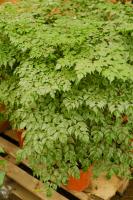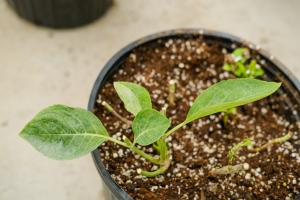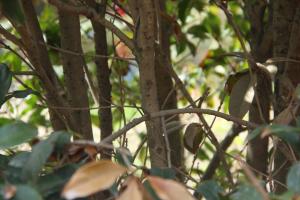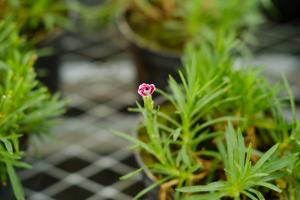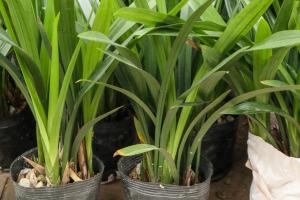How to Plant Chinese Elm Tree
Chinese elm tree, also known as Ulmus parvifolia, is a popular choice for landscaping and bonsai. It is a hardy tree that can survive in different soil types and climatic conditions. Planting Chinese elm tree requires proper preparation, soil selection, and care. Here are the steps on how to plant Chinese elm tree:
Step 1: Choose the Right Location
Choose a location that receives full sunlight or partial shade. Chinese elm tree thrives in well-drained soil with a pH level ranging from 6 to 8. Avoid planting in low-lying areas where water can accumulate as it can cause root rot. Make sure there is enough space for the roots to grow, and the tree won't be obstructed by nearby structures.
Step 2: Prepare the Soil
Chinese elm tree prefers loamy soil that is moist and well-drained. Before planting, loosen the soil to a depth of 12 to 18 inches and remove any weeds or obstruction. Mix the soil with organic matter, such as compost or manure, to improve the soil's nutrient content. Add a slow-release fertilizer to ensure the tree gets enough nutrients over time.
Step 3: Dig the Hole and Plant the Tree
Dig a hole that is twice as wide and as deep as the tree's root ball. Gently remove the Chinese elm tree from its container and loosen any tangled roots. Place the tree in the hole and fill in the sides with soil, ensuring the soil is firmly packed around the roots. Water thoroughly to help settle the soil and prevent air pockets.
Step 4: Mulch and Water Regularly
Add a layer of organic mulch, such as bark chips or shredded leaves, around the base of the tree. The mulch helps to retain soil moisture and prevent soil erosion. Water the tree regularly, especially during dry spells. Avoid overwatering as it can cause root suffocation and nutrient leaching.
Step 5: Prune and Maintain
Prune the Chinese elm tree regularly to remove any dead, damaged or diseased branches. Also, prune to shape the tree and control its growth. Maintenance practices, such as fertilization, watering, and mulching, should be done throughout the tree's life cycle. Consult a professional arborist for advice on the best care practices for Chinese elm tree.
Conclusion
Planting Chinese elm tree is an easy and rewarding experience that adds beauty and value to your landscape. Follow the above steps to ensure the tree's growth and vitality. Remember to provide proper sunlight, well-drained soil, and regular maintenance for the best results.

 how many times do yo...
how many times do yo... how many planted tre...
how many planted tre... how many pine trees ...
how many pine trees ... how many pecan trees...
how many pecan trees... how many plants comp...
how many plants comp... how many plants can ...
how many plants can ... how many plants and ...
how many plants and ... how many pepper plan...
how many pepper plan...

